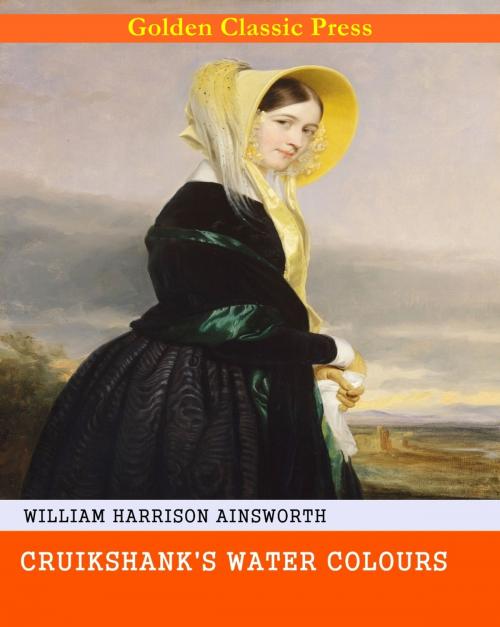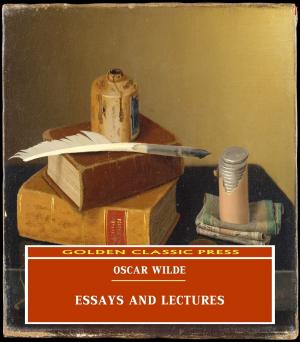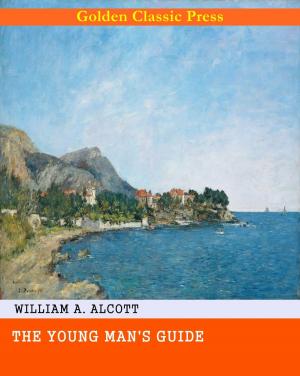| Author: | William Harrison Ainsworth | ISBN: | 1230002953076 |
| Publisher: | GOLDEN CLASSIC PRESS | Publication: | November 30, 2018 |
| Imprint: | Language: | English |
| Author: | William Harrison Ainsworth |
| ISBN: | 1230002953076 |
| Publisher: | GOLDEN CLASSIC PRESS |
| Publication: | November 30, 2018 |
| Imprint: | |
| Language: | English |
*** Original and Unabridged Content. Made available by GOLDEN CLASSIC PRESS***
Synopsis:
William Harrison Ainsworth, (born February 4, 1805, Manchester, Lancashire, England—died January 3, 1882, Reigate, Surrey), English author of popular historical romances.
Ainsworth initially studied law but left it for literature, publishing his first novel anonymously in 1826. His first success came with the novel Rookwood (1834), featuring the highwayman Dick Turpin, which led many reviewers to hail him as the successor to Sir Walter Scott. Jack Sheppard (1839), the story of an 18th-century burglar, was equally successful, but it helped to stir up fierce reaction against the “Newgate” school of novel writing—of which Ainsworth and Edward Bulwer-Lytton were considered exemplars—for its supposed glamorization of crime. Thereafter Ainsworth switched to historical novels based on places rather than criminals, including The Tower of London (1840), Old St. Paul’s, a Tale of the Plague and the Fire (1841), Windsor Castle: An Historical Romance (1843), and The Lancashire Witches (1849). In a long career that extended to 1881, he published some 40 novels.
*** Original and Unabridged Content. Made available by GOLDEN CLASSIC PRESS***
Synopsis:
William Harrison Ainsworth, (born February 4, 1805, Manchester, Lancashire, England—died January 3, 1882, Reigate, Surrey), English author of popular historical romances.
Ainsworth initially studied law but left it for literature, publishing his first novel anonymously in 1826. His first success came with the novel Rookwood (1834), featuring the highwayman Dick Turpin, which led many reviewers to hail him as the successor to Sir Walter Scott. Jack Sheppard (1839), the story of an 18th-century burglar, was equally successful, but it helped to stir up fierce reaction against the “Newgate” school of novel writing—of which Ainsworth and Edward Bulwer-Lytton were considered exemplars—for its supposed glamorization of crime. Thereafter Ainsworth switched to historical novels based on places rather than criminals, including The Tower of London (1840), Old St. Paul’s, a Tale of the Plague and the Fire (1841), Windsor Castle: An Historical Romance (1843), and The Lancashire Witches (1849). In a long career that extended to 1881, he published some 40 novels.















